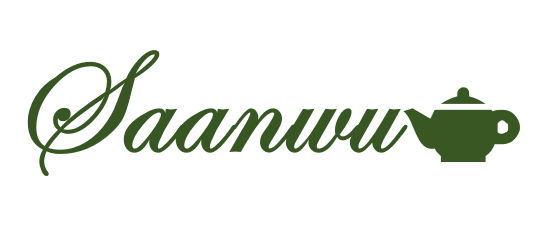
The Evolution of Tea Culture in the New Era

As we step into 2025, how many once-familiar teas and tea wares have quietly faded from our daily rituals?
Before 2008, Tieguanyin reigned supreme. By 2013, the once-trendy aroma cups had vanished. Come 2018, the "Six Gentlemen of Tea" — a must-have on every executive’s desk or host’s tea tray — disappeared, replaced by a surge in spatial aesthetics. Minimalism became the mantra: functionality took a backseat to beauty.
By 2023, spatial aesthetics lost its charm. Then, in 2024, online tea ware sales revealed a striking shift: tea strainer purchases plummeted by 58%, while searches for strainer-free sets skyrocketed by 320%.
Looking back, tea strainers were once indispensable. Made from glass, stainless steel, ceramic, silver, or even gold, their purpose was clear: to filter out leaves, ensuring clarity in both flavor and appearance. Many tea lovers placed them over their fairness cups.

Yet in recent years, the strainer has nearly vanished. This shift reflects a deeper evolution in tea culture. Drinkers now realize that with the right pouring technique from a gaiwan, stray leaves can be avoided. Any fragments that slip into the fairness cup naturally settle — no need to filter. Worse, strainers often trap precious tea fuzz (like in White Tea-Silver Needle, or Jin Jun Mei), wasting nutrients. Over time, they also accumulate stubborn stains, becoming a hassle to clean.
At its core, tools exist to serve people. When they no longer fulfill a purpose, they fade away — and that’s no great loss. Of course, this applies only to utility. If an item holds aesthetic value — like the ever-resurgent Jian Zhan teacups — that’s an entirely different story.
